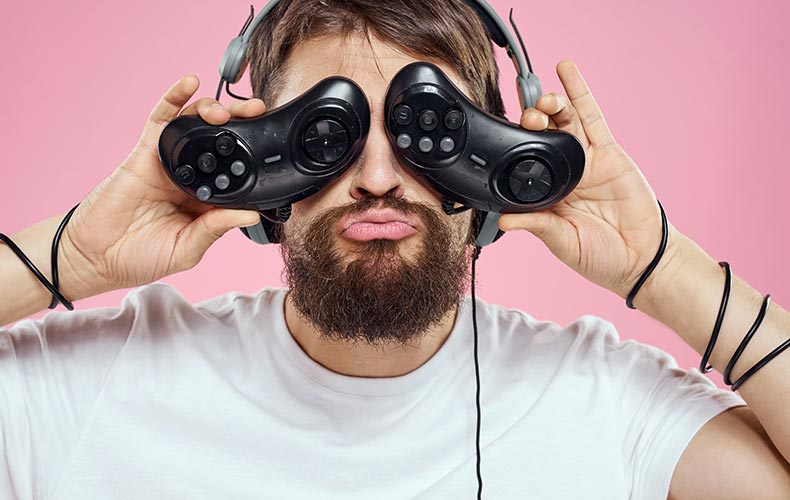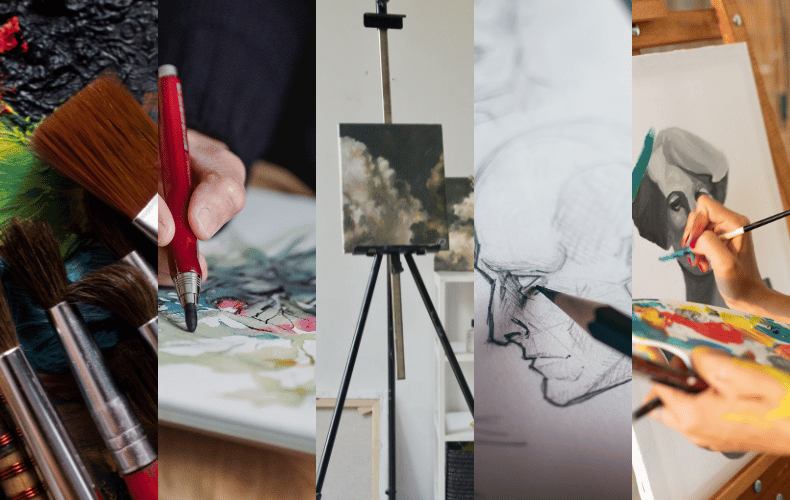- admin
- May 21, 2024
- No Comments
Painting and Drawing Techniques, Tips, and Inspiration for Getting Started
Getting started with the visual arts, especially painting and drawing, can be both exciting and scary. If you want to improve your artistic skills, whether you’re a beginner or an experienced artist, it’s important to understand different techniques, pick up useful tips, and find inspiration.
The goal of this article is to give you all the information you need to start painting and drawing by covering basic techniques, useful tips, and creative ideas.
Understanding the Basics of Painting and Drawing
Painting and drawing are two of the most basic visual arts. Each has its own set of:
- Tools
- Method
- Style
Drawing is usually done on a surface with pencils, charcoal, or ink to make pictures.
In painting, on the other hand, paint is put on surfaces like canvas, paper, or walls with brushes, palette knives, and other tools.

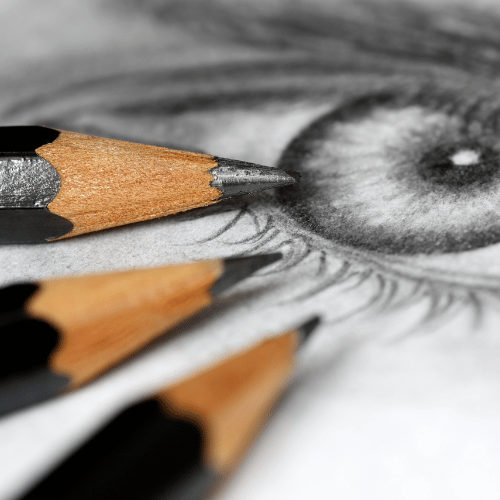
Essential Techniques for Drawing
1.Hatching and Cross-Hatching:
- Hatching Adds shading and texture, hatching is the process of drawing parallel lines that are very close together. This method is often used to show light and shadow, which gives the impression of shape and volume.
- Cross-hatching is a type of drawing that builds on hatching by adding a second layer of lines that are at an angle to the first. This makes the shadows darker and more complex. This method can be used to make complex textures and shading, which are necessary for drawing things that look more real and detailed.
2.Contour Drawing:
- Contour drawing you try to get the main shape and important details of a subject. This method helps artists get better at coordinating their hands and eyes and seeing and copying shapes more accurately. It involves drawing the edges of an object as the artist sees them. This can be a great way to improve your ability to observe things.
3.Gesture Drawing:
- Gesture drawing is a quick and expressive way to show how someone moves and what they’re like. This method works especially well for drawing figures and learning about the human body. It uses quick, fluid lines that show how the subject is moving and standing instead of drawing specific parts of the body. Gesture drawing is a great way to get your drawing style warmed up and loose.
4.Blending:
- Blending To make gradients and realistic textures, means smoothing out lines and shading. To get this look, you can use tools like blending stumps, fingers, or tissue. Blending is important for making smooth changes between light and dark, which gives your drawings more depth and dimension. This style works especially well for portraits and other realistic art.

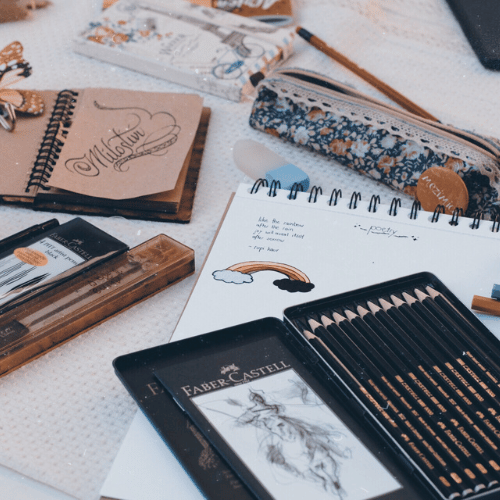
Essential Techniques for Painting
1.Layering
- Layering: Adding paint in layers to give colors more depth and richness is called layering. You can add different aspects of detail, tone, and texture to each layer. This method is important for a lot of different types of painting, like oil and acrylic painting. Layering lets artists fix mistakes, add more textures, and make color combinations that are more complicated.
2.Wet-on-Wet
- Wet-on-wet: Wet paint is put on top of still-wet paint in the wet-on-wet technique. This method makes it easy to blend colors and make edges that aren’t sharp. It’s often used to make skies, water, and other fluid landscapes. A lot of artists use it in watercolor and oil painting to make smooth transitions and natural gradients.
3.Dry Brush
- Dry brush: To make scratchy, textured effects, the dry brush technique uses little paint on a dry brush. This is a great way to add texture and detail to your work, like to fur, grass, or rough surfaces. In acrylic and oil painting, the dry brush method is often used to add highlights and textures that make the art look more real.
4.Glazing
- Glazing: Putting a thin, clear layer of paint on top of a layer that has already dried is called glazing. This method can change the color and tone without hiding the details below, giving the picture more depth and brightness. Glazing works especially well on oil paintings because it lets artists make colors that are rich and bright and gives the paintings a smooth finish.
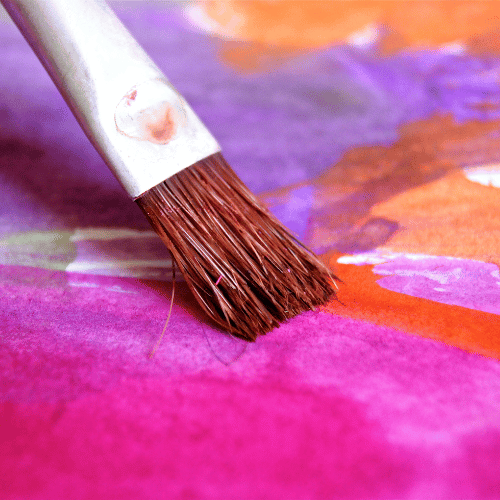
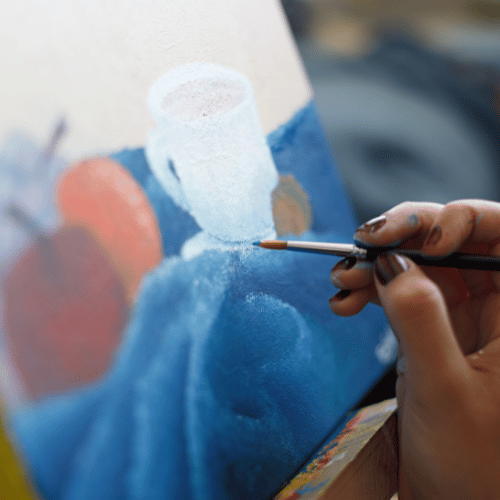
Tips for Getting Started with Painting and Drawing
1.Invest in Quality Materials
If you want to do good work, you need to use good materials. To get the best results, buy pencils, charcoal, paints, brushes, paper, and canvas from well-known brands. Better durability, deeper colors, and easier application are all benefits of using high-quality materials that make your artistic experience better as a whole.
2.Start with Basic Shapes
Focus on simple shapes when you first start drawing and painting. This basic step helps you understand how shape, size, and space relate to each other. It’s helpful to start with simple shapes like triangles, circles, and squares when you’re learning how to draw shapes.
3.Practice Regularly
Consistency is crucial in developing your skills. Dedicate time daily or weekly to practice drawing and painting. Regular practice helps in building muscle memory and improving technique. Set realistic goals and keep a schedule to ensure you practice regularly, even if it’s just for a few minutes each day.
4.Study from Life
Seeing things in real life and drawing or painting them helps you understand light, shadow, and texture better. To get a realistic style, work with real landscapes, objects, and models. Working from life helps you become a better observer because you can see small details and changes that photos might miss.
5.Learn from Masters
Look at the work of famous artists to learn about different styles and methods. You can learn how they do things by copying their work, which you can then use in your own style. Look at how these artists make their masterpieces by using color, composition, and brushwork.
6.Keep a Sketchbook
Keep a sketchbook with you to write down ideas, practice drawing, and try out different methods. This will help you keep track of your progress and keep you going. Your sketchbook is a private place where you can try new things, make mistakes, and find your own style as an artist without feeling rushed.
7.Take Breaks and Reflect
Take a break from your work every so often to see how far you’ve come. Taking breaks lets you look at your work with fresh eyes, which can help you find ways to make it better. When you think about your work, you can see what you’re good at and what you need to work on.
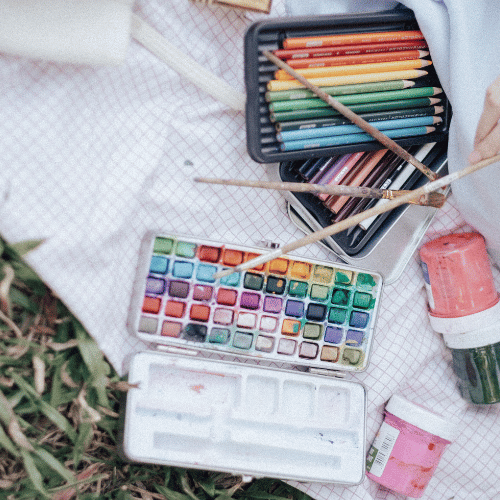
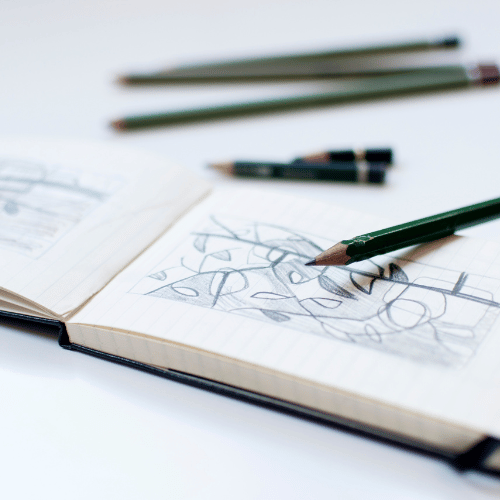
Finding Inspiration
1.Nature
Nature is a never-ending source of ideas. Landscapes, plants, animals, and natural events can all be used as drawing and painting subjects. To get a sense of the beauty of nature, spend time outside, take pictures, and draw in the open air.
2.Photography
Use pictures as inspiration for your art. They can give you a still picture so you can study the details and get better at things like composition and perspective. When you make art from photos, you can use a wide range of subjects and scenes that you might not be able to see in real life.
3.Art Galleries and Museums
When you go to galleries and museums, you can see a lot of different kinds of art and historical masterpieces. It can help you come up with new ideas and be more creative. In ways that digital images can’t match, seeing works of art in person lets you appreciate their size, texture, and technique.
4.Online Resources
A lot of ideas can be found on websites that focus on art and on platforms like Pinterest and Instagram. To keep yourself going, follow artists, join art communities, and take part in online challenges. These platforms connect artists from all over the world, giving you a huge pool of ideas and chances to learn.
5.Personal Experiences
Use your own life and experiences to help you write. Personal experiences, memories, and feelings can be turned into powerful and one-of-a-kind art. Your own experiences and point of view can give your work more depth and authenticity, making it easier for other people to relate to and understand.
Conclusion
Starting to paint or draw is a fun and creative way to express yourself. You can improve your skills and create your own unique artistic style by learning important techniques, following useful tips, and getting ideas from a variety of sources. Remember that the best way to get better at visual arts is to keep practicing, be patient, and love what you do.


